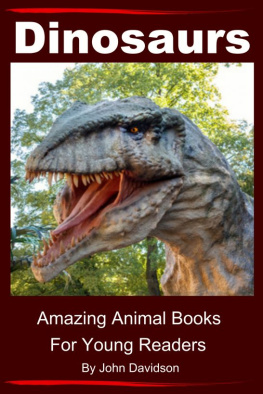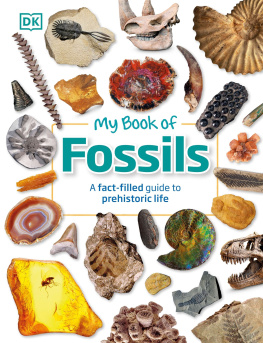AMNH American Museum of Natural History (New York City); occasionally referred to here as the American Museum
BLM Bureau of Land Management, a division of the U.S. Department of the Interior
CBP Customs and Border Protection, a division of the U.S. Department of Homeland Security
SDNY Southern District of New York, a federal district court of the U.S. Department of Justice
This is a work of nonfiction. No names have been changed, no information invented. My reporting began in 2009, but for the purposes of the books final form the immersive research occurred between 2012 and 2018. In the United States, I reported in Arizona, Connecticut, Florida, Georgia, Massachusetts, Montana, New Jersey, New York, Pennsylvania, South Dakota, Virginia, Washington, DC, and Wyoming. In Mongolia, I reported in the Gobi Desert, Tv Province, and Ulaanbaatar. In Canada, I reported in Edmonton, Alberta. In Europe, I reported in Munich, Germany, and in Charmouth, London, and Lyme Regis, England. The information that I gleaned from interviews with paleontologists, geologists, fossil dealers, preparators, collectors, museum curators, auctioneers, law enforcement, and various government agents may not appear in full here, yet these generous peoples insights informed the work. Written source material, some of it obtained through the Freedom of Information Act, included unclassified and declassified U.S. embassy cables and State Department reports, civil lawsuits, Department of Justice criminal case files and asset forfeiture records, library collections, news archives, peer-reviewed research papers, and county court documents. I also relied upon sources personal photos, videos, correspondence, and papers. Mongolian documents were translated by Mongolians unrelated to the Mongolian government or the T. bataar case.
Much of this book grew out of Bones of Contention, a piece that I wrote for The New Yorker in January 2013. There, as here, I tried to convey the nuances of the debate over who owns, or should be allowed to collect and own, natural history, and how that conflict may in turn affect a range of interests, including public policy, science, museums, and geopolitics. Various scenes I observed directly. For convenience, I occasionally interchange dinosaur, fossil dinosaur, and skeletonwriting that someone bought a dinosaur I of course refer to the extinct animals stony remains. Likewise, I occasionally use bone for fossil, having explained that fossilization yields rock. The title The Dinosaur Artist is not intended to refer exclusively to a leading subject of this book, Eric Prokopi, but rather also to dinosaurs unparalleled power to remain culturally, scientifically, and aesthetically relevant despite extinction, and to the long, crucial intersection between science and art. Some readers may also choose to infer the formal definition of the word: a habitual practitioner, of a specified reprehensible activity. When speaking, some scientists refer to natural history museums by their acronyms (AMNH instead of the AMNH); although the AMNH clangs in my ear, I use that construction for clarity. Ive borrowed slivers of my own language from the original New Yorker piece and from a Smithsonian article I later wrote about the endangered takhi horse, a creature that was a divine thrill to see in person on the Mongolian steppe.
In the summer of 2009, I came across a newspaper item about a Montana man convicted of stealing a dinosaur. The idea sounded preposterous. How was stealing a dinosaur even possible? And who would want to?
Nearly a decade earlier, this man, Nate Murphy, who led fossil-hunting tours in a geological signature in Montana called the Judith River Formation, had become well known for unveiling Leonardo, a late Cretaceous Brachylophosaurus and one of the best-preserved dinosaur skeletons ever found. A volunteer fossil hunter named Dan Stephenson had found the skeleton during one of Murphys excursions on a private ranch near the small town of Malta. The remains constituted the first sub-adult of its kind on record and, remarkably, still bore traces of skin, scales, muscle, foot padsand even his last meal in his stomach, National Geographic reported. To find one with so much external detail available, its like going from a horse and buggy to a steam combustion engine, Murphy told the magazine. It will advance our science a quantum leap.
Our science was an intriguing phrase. Murphy wasnt a trained scientist; he was an outdoorsman who had taught himself how to hunt fossils in the Cretaceous-bearing formations that run with photogenic accessibility through states like Wyoming, Utah, Montana, and South Dakota. He believed he had something to offer paleontology, and, presumably in pursuit of this idea, he had taken fossils that didnt belong to him. (Not Leonardo; another dinosaur.) What at first appeared to be little more than a bizarre true-crime story became, to me, an absorbing question of our ongoing relationship with natural history, with the remnants of a world long gone.










